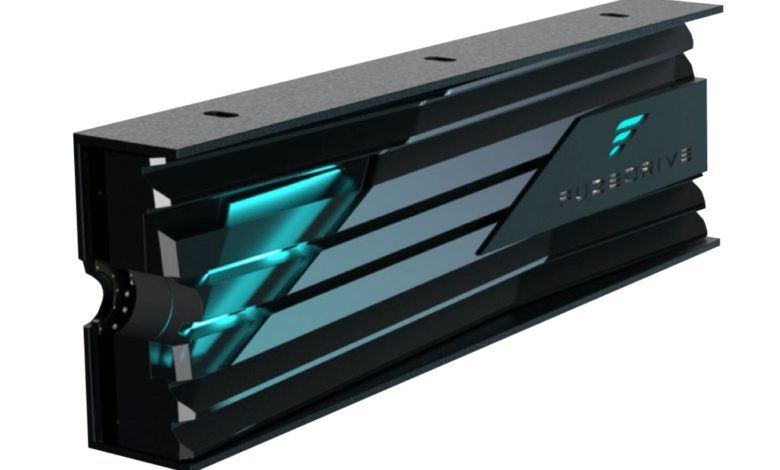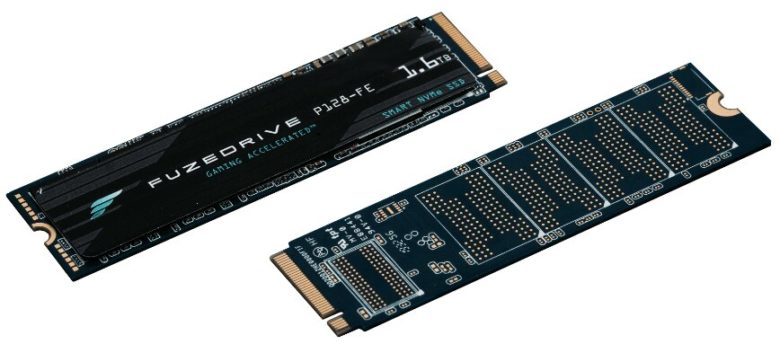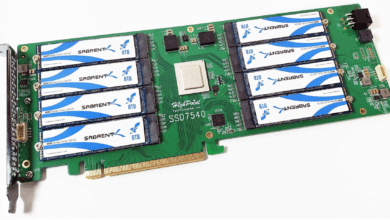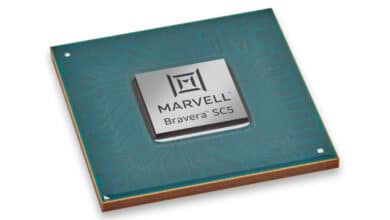
Enmotus presents with the SSD FuzeDrive a new storage concept that promises more performance and a longer durability of the SSD. The storage concept MiDrive, which will be implemented in the FuzeDrive, was presented in January.
The new SLC memory concept is based on a principle that has been used for years: Various SSDs are already being operated partly in fast SLC mode and partly in slow QLC mode, with the former operating with one bit per cell and the latter with four bits per cell.
Innovative memory technology
What is new is the fact that such a pseudo-SLC cache is usually used exclusively for individual data that is currently being written in order to temporarily accelerate the actual storage process that is currently taking place. With the new SSD FuzeDrive, however, this technique is now to be used permanently for frequently used data. The advantage of such a procedure is obvious: Frequently used data can be written faster, which massively accelerates the process of retrieving this data and thus has a positive effect on the average user experience.
Such a procedure is made possible by the use of machine learning. An artificial intelligence should recognize which data is used particularly frequently and is therefore subjectively important. This data then ends up in the small SLC memory and can be called up correspondingly quickly. Rarely used data, on the other hand, which are not very important in everyday use, end up in the slow QLC memory. The QLC memory is much larger than the SLC memory. Basically, the technology can therefore be described as a process of economizing the handling of stored data.
Optionally, it should also be possible to control an additional HDD storage with a volume of up to fourteen TB. On this HDD the least frequently used data should be stored. The described economization and prioritization concept is thus consistently continued here.
The principle described is known from the FuzeDrive software. However, this principle has now been integrated directly into the device – download and installation of additional software is no longer necessary with the FuzeDrive. The controller manufacturer Phison helped with this integration.
Features of the new SSD
The new SSD uses the M.2-2280 form factor and accesses PCIe 3.0 x4 as interface. In addition, a Phison controller of the E12 series is to be used – but this has not yet been officially confirmed. Furthermore, up to two TB of QLC NAND memory will be installed. Actually only 1.6 TB of this memory is actually usable. The fast SLC memory, in which the particularly frequently used data is stored, is supposed to have 128 GB, while the rest of the available memory is allocated to the QLC memory. Interesting here is also the promise that the SLC memory is 25 times more durable than the QLC memory – although this is certainly at least partly a mere promise for advertising purposes.
Reading the FuzeDrive should reach a speed of up to 3,470 MB per second. Writing, the maximum speed is 3,000 MB per second. Thanks to the SLC mode, the TBW value is 5,000 TB, which can be considered very high.
Optionally, a heat sink with LED lighting can be purchased with the SSD. The price of this heatsink, like that of the SSD, is not yet known. In the USA, the SSD costs 349 US dollars before tax. Those who pre-order it and reserve a place on the pre-order list should receive a discount of 29 percent. It is not yet known when the device will be available in this country.






